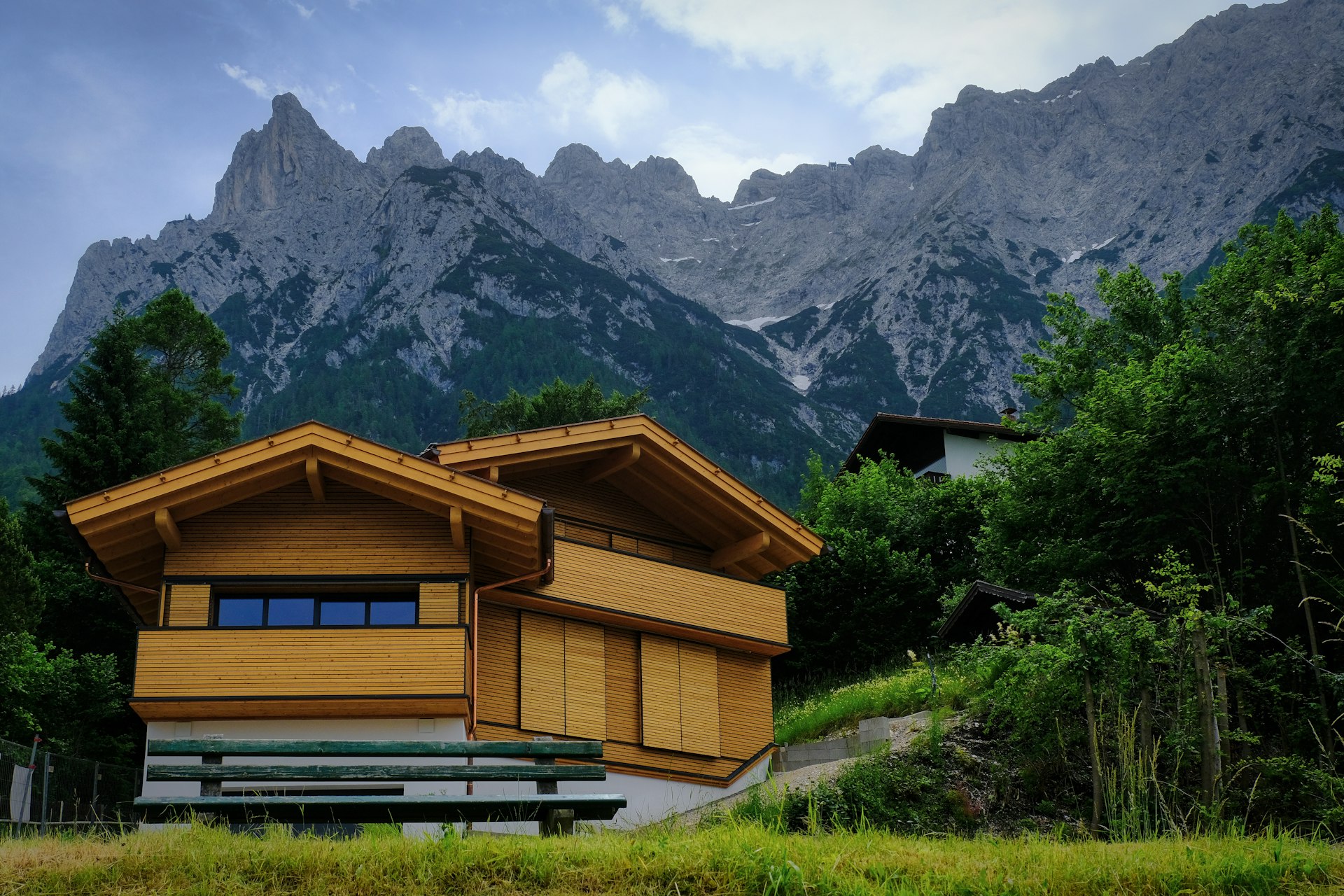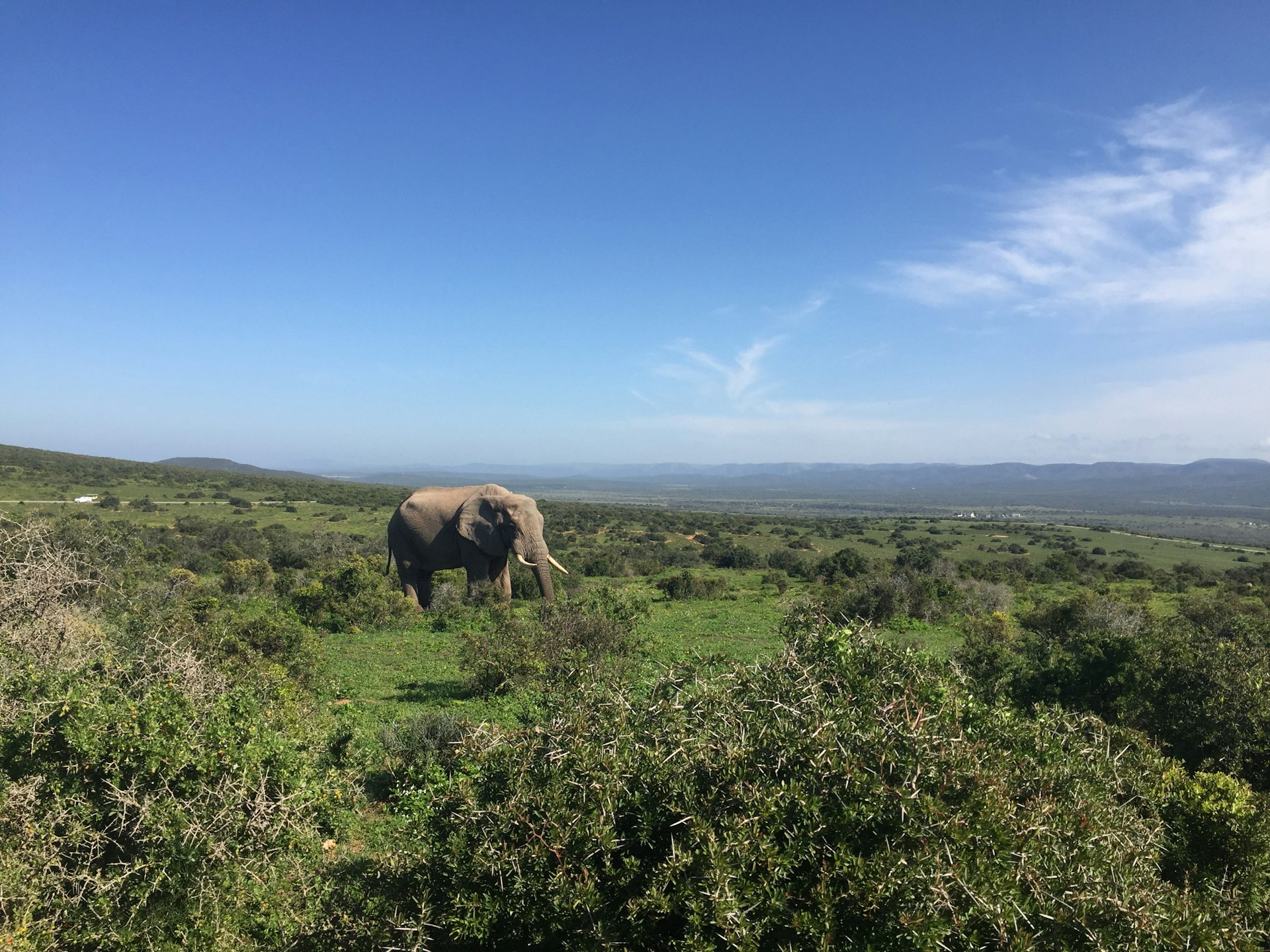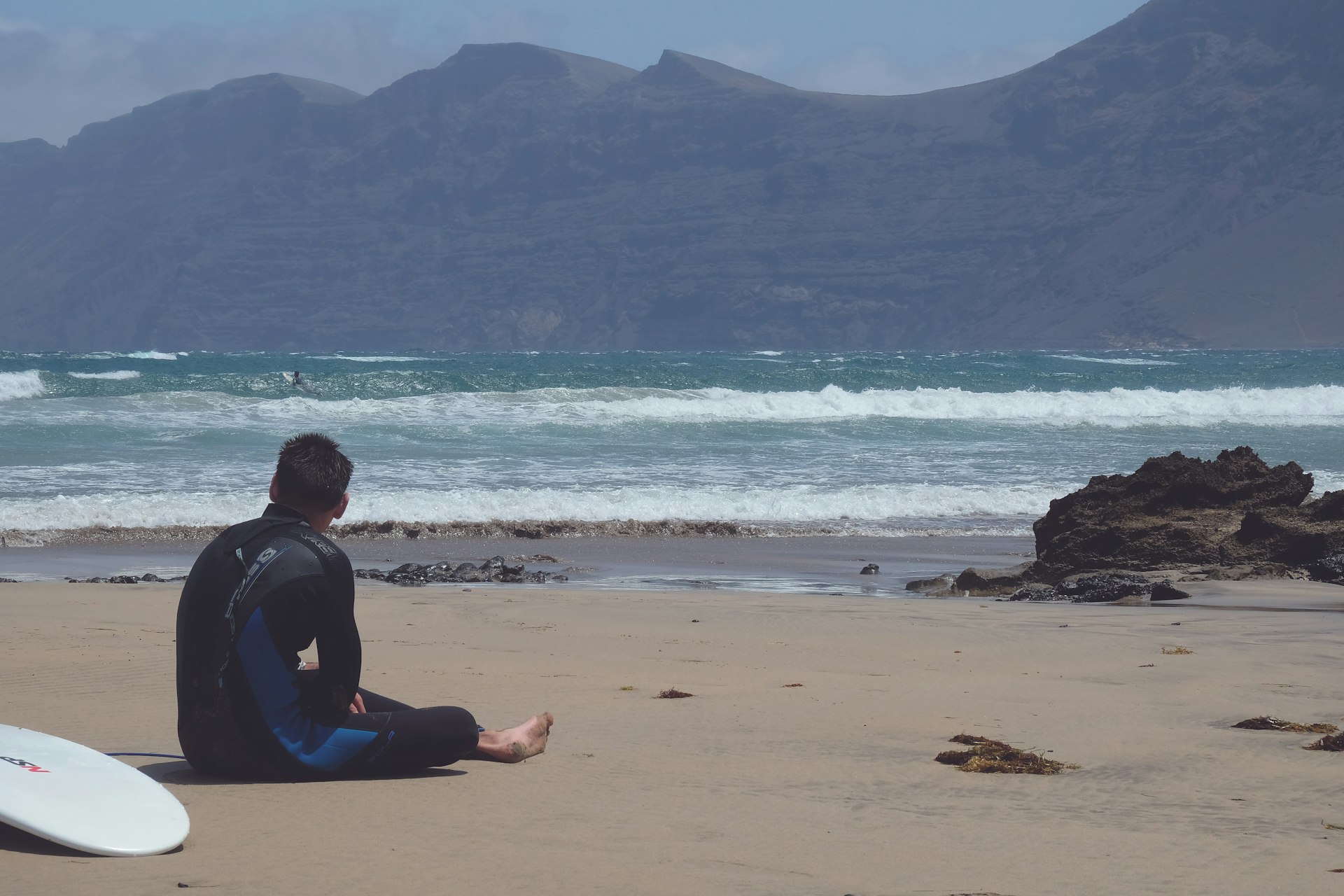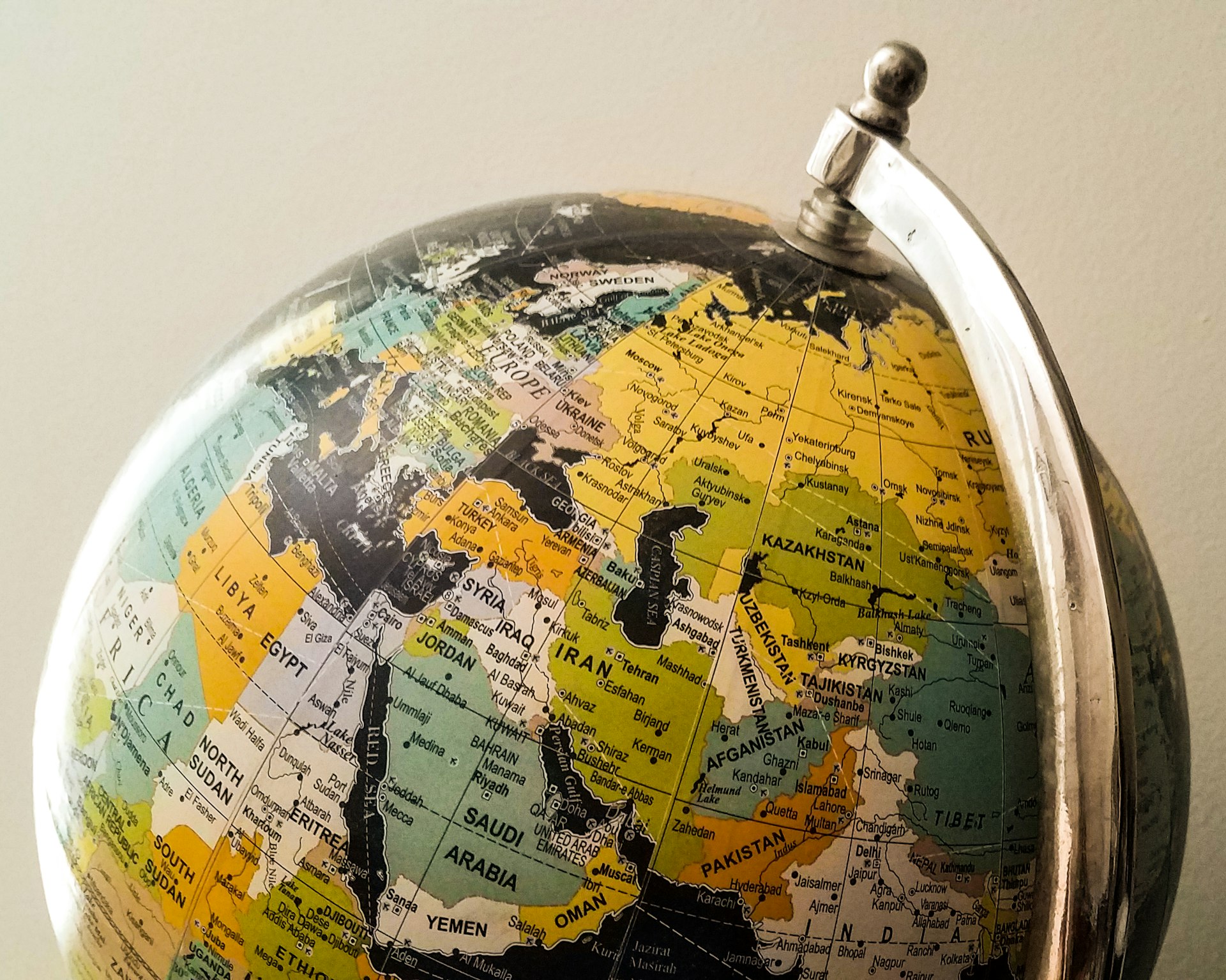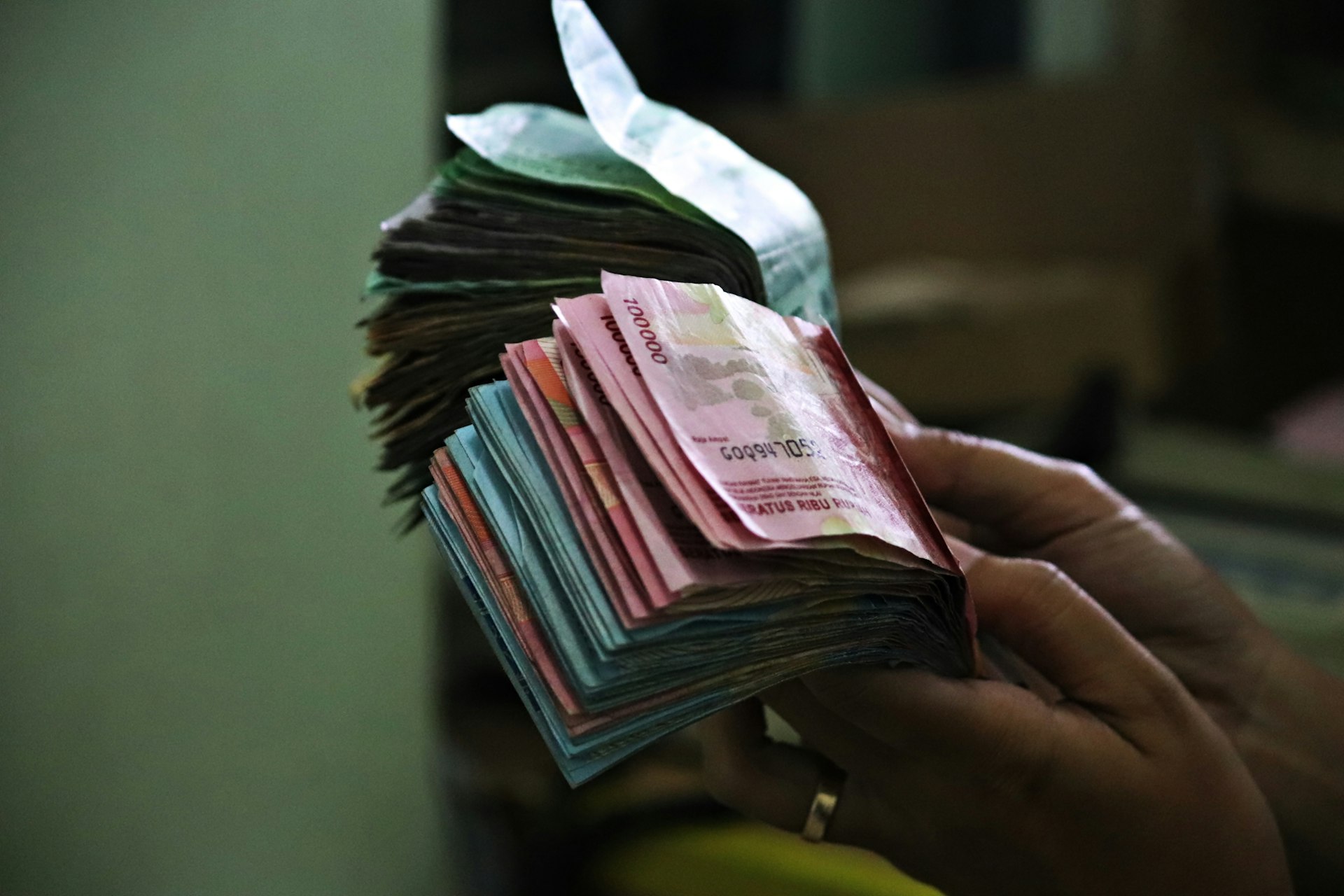Transformative Food and Travel Experiences: A Guide to Culinary Journeys Worldwide

Photo by amin ramezani on Unsplash
Introduction: The Power of Culinary Travel
In recent years, food and travel experiences have become a leading motivator for global explorers. Whether seeking the delicate artistry of Kyoto’s kaiseki dinners, the vibrant flavors of Lima’s ceviche, or the communal energy of San Francisco’s food festivals, travelers are increasingly planning entire trips around culinary discovery. This article explores how to access, plan, and maximize food-focused travel, providing actionable steps, verified resources, and real-world examples to ensure a rewarding journey.
Why Culinary Travel Is Transforming the Way We Explore
Culinary travel is about more than just eating; it offers a gateway to a region’s culture, history, and community. Engaging with local food traditions can deepen your understanding of a destination, foster authentic connections, and create lasting memories. According to recent travel industry research, interest in food-focused journeys has surged, with many travelers listing culinary experiences among their top priorities for 2025 [1] [2] .
Top Destinations for Food and Travel Experiences
Kyoto, Japan: Tradition and Artistry
Kyoto is celebrated for its meticulous kaiseki multi-course meals, where seasonal ingredients are prepared with aesthetic precision. Visitors can also immerse themselves in tea culture by attending a traditional matcha ceremony. To access these experiences, consider booking through reputable local guides or seeking recommendations from official tourism offices, as many culinary venues require advance reservations and may have language barriers [1] .
Lima, Peru: Fusion and Innovation
Lima’s cuisine is a blend of Indigenous, Spanish, African, and Asian influences. Ceviche by the Pacific coast is a must-try, and many restaurants feature tasting menus that highlight local ingredients. To participate in immersive experiences, you can join guided food tours or cooking classes, often bookable through major travel platforms or directly via local tourism agencies. It’s advisable to review recent feedback and confirm health and safety standards before booking [1] .
Paris, France: The Epicenter of Fine Dining
Paris remains synonymous with haute cuisine. Travelers can dine at Michelin-starred institutions like Guy Savoy or Alain Ducasse, as well as enjoy private pastry workshops or wine-pairing dinners. To access exclusive experiences, look for established providers such as culinary schools or official city tours. Many of these activities require early reservation, especially for high-demand venues [2] .
San Francisco, USA: Diversity and Innovation
San Francisco offers a rich mix of culinary traditions, from authentic Chinese food in Chinatown to artisanal sourdough at Boudin Bakery. Food festivals, guided tours of local markets, and Michelin-affiliated pop-up events in Napa Valley provide immersive opportunities for visitors. To participate, you can search for food tours, cooking classes, and event tickets through established platforms or contact local tourism boards for up-to-date event calendars [3] [5] .
How to Plan Your Own Culinary Journey: Step-by-Step Guidance
Step 1: Research Destinations and Signature Experiences Identify regions known for culinary excellence or unique food traditions. Use verified travel guides, tourism board websites, and reputable travel publications for up-to-date recommendations and event listings.
Step 2: Book Immersive Experiences in Advance – For Michelin-starred restaurants or exclusive workshops, reservations may be required several months in advance. – For food tours and cooking classes, confirm details such as group size, language, and health protocols. When in doubt, contact the operator directly or consult local tourism offices for guidance.
Step 3: Access Local Markets, Festivals, and Street Food – Visit public markets (like La Boqueria in Barcelona or Pike Place Market in Seattle) for a sensory introduction to regional flavors. – Many cities have annual food festivals; check official city or regional tourism websites for schedules and ticketing information. – For street food, seek local recommendations or join guided tours to ensure quality and safety.
Step 4: Participate in Hands-On Activities – Cooking classes, wine tastings, and truffle hunting excursions can enhance your appreciation for local ingredients and techniques. – Research providers through established agencies or verified online platforms. If links are unavailable, search for the experience and destination name together (e.g., “truffle hunting tour Tuscany”).
Step 5: Embrace Alternative Approaches – Consider home-hosted dinners or farm visits for a personalized experience of local hospitality. – If traveling with dietary restrictions, communicate your needs in advance and consult reputable resources for local dining guidance.
Real-World Case Studies and Examples
Case Study 1: Truffle Hunting in Tuscany Travelers in Tuscany can join guided truffle foraging expeditions followed by gourmet meals featuring their finds. Tours are typically led by local experts and may be organized through official tourism channels or established tour operators. For best results, book early and confirm the authenticity of the provider [2] .
Case Study 2: Market Tours in Barcelona La Boqueria Market offers guided tours that introduce visitors to Catalan ingredients and culinary history. Tickets can be purchased through the market’s official website or through city-endorsed tour companies. For current availability and schedules, refer to the official Barcelona tourism site or the market’s homepage [1] .
Case Study 3: Michelin-Affiliated Pop-Ups in Napa Valley The San Francisco Bay Area hosts unique outdoor dining events featuring top chefs and rare ingredients like A5 Wagyu beef. Participation is often by reservation only and promoted via social media or event platforms. When links are unavailable, search for “Napa Valley chef pop-up” or consult local culinary event calendars [5] .
Challenges and Solutions in Culinary Travel
Language Barriers : Some high-end or traditional venues may not have English-speaking staff. Overcome this by preparing key phrases in the local language or booking through bilingual guides.
Dietary Restrictions : Always communicate allergies or dietary needs in advance. Use printed translation cards or consult trusted resources for local terminology.
Availability and Seasonality : Culinary experiences may be seasonal or subject to local events. Research your destination’s food calendar and contact venues directly to confirm.
Cost Considerations : Prices for culinary tours and fine dining can vary widely. Many destinations offer both premium and budget-friendly options. For authentic experiences at lower cost, seek out local markets, street food, and community-run tours.
Alternative Pathways to Authentic Food Travel
If you cannot secure a spot at a renowned restaurant or event, consider:
- Exploring lesser-known neighborhoods for family-run eateries
- Attending local cooking classes at community centers or small schools
- Visiting agricultural fairs, harvest festivals, or farmers’ markets for seasonal specialties
- Connecting with locals through hospitality exchange programs that include shared meals
For the most current options, search “[destination] culinary events 2025” or contact the official tourism bureau of your city or region of interest.
Key Takeaways for Maximizing Food and Travel Experiences
To fully enjoy culinary journeys:
- Plan ahead, especially for high-demand venues and events
- Use only verified, established sources for bookings and information
- Be flexible and open to alternative culinary experiences
- Engage with local culture through food for a more enriching journey
By following these steps, you can create a travel experience that is as memorable as it is delicious.
References
[1] Beth Graham (2025). The Best Vacation Destinations for Foodies. [2] Jetset World Travel (2025). Ultimate Foodie Experiences: The Best Culinary Destinations for 2025. [3] Periodic Adventures (2025). 25 Best Cities in the US for Food in 2025 and Beyond. [4] Courtney Muro (2024). 9 Best Unique Foodie Experiences San Francisco Bay Area.

Photo by Chang Duong on Unsplash
MORE FROM resultsfordeals.com
